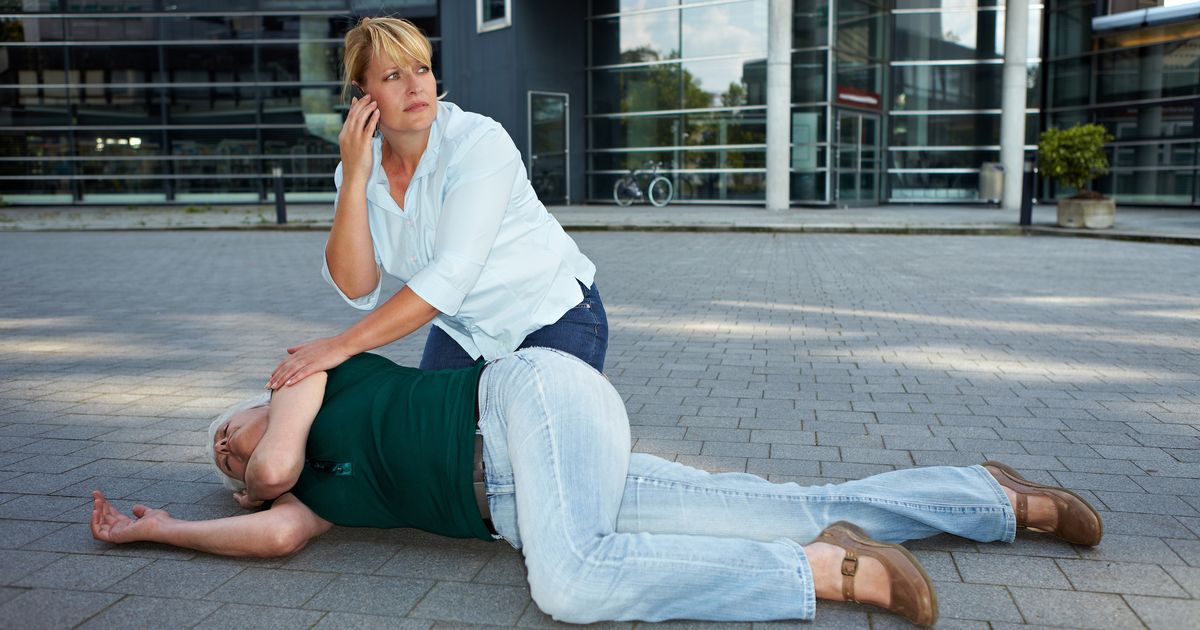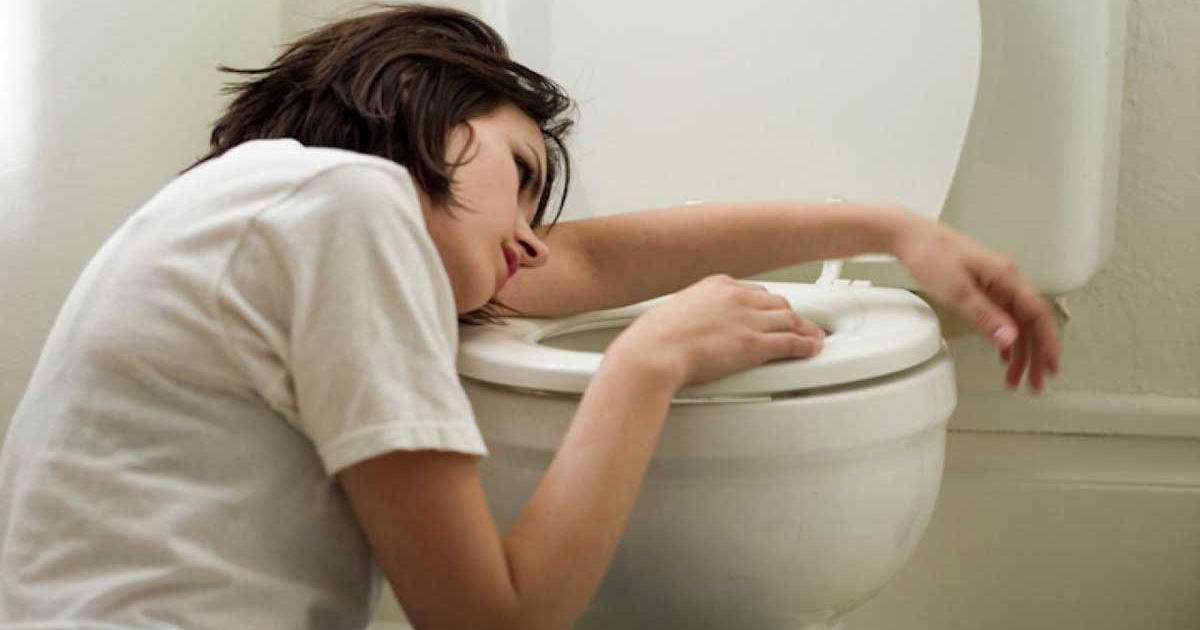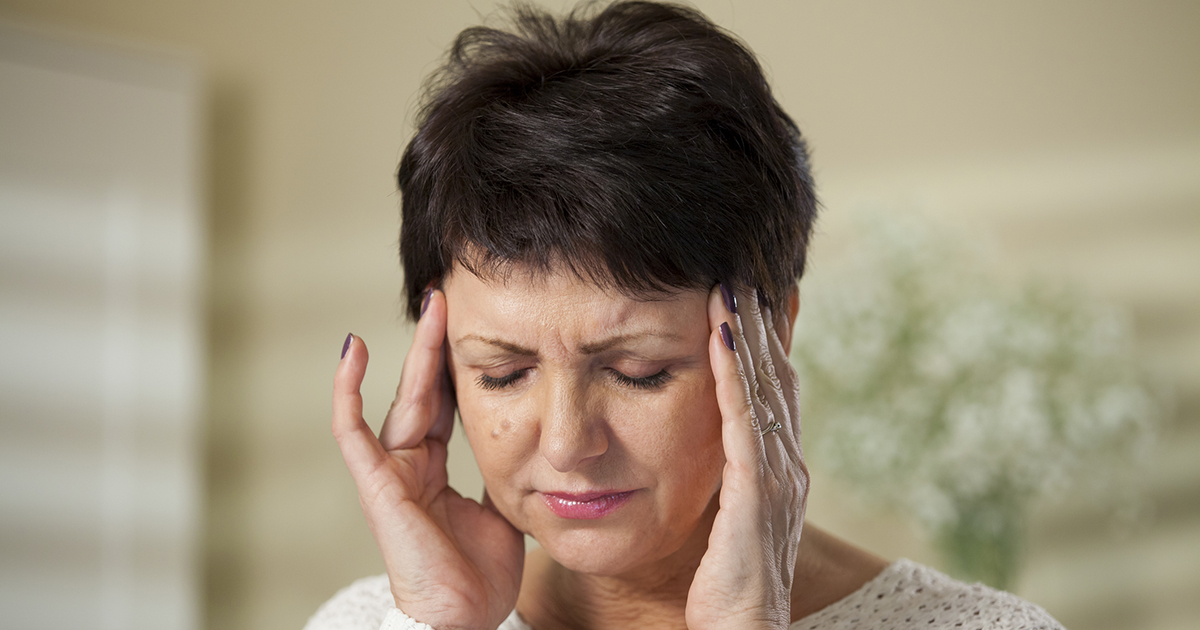Signs Of Carbon Monoxide Poisoning
Carbon monoxide is silent and deadly. When an individual is exposed to excess amounts of carbon monoxide, it can build up in your bloodstream. As the concentration of carbon monoxide in the air increases and the lungs begin pulling it in, the body starts replacing oxygen with it. This results in serious damage, unconsciousness, and even death. Since carbon monoxide is colorless, odorless, and tasteless, individuals can be overcome by it without any warning. Proper ventilation of spaces where it could accumulate is vital to prevent poisoning. Homes should also have carbon monoxide detectors to help protect the homeowners. And, if there is ever a doubt, a homeowner can usually contact their local fire department who can check the levels in their home to make sure they are not excessive.
Weakness

A feeling of not being able to pick things up, walk, or perform your daily routine can be a sign of weakness. While this can be a symptom of many different ailments, it is certainly associated with carbon monoxide poisoning. It can be accompanied by other symptoms but is certainly something that must be monitored in case more symptoms begin to appear. For instance, one day you may feel too weak to make dinner and do the dishes. But, the next day, you might feel too weak to get out of bed. If the feebleness is persisting or getting worse, seek medical attention. You also need to let any health professional know if there is any reason to think it might be carbon monoxide poisoning so they can test your blood.
Confusion

As the cells in the body are being deprived of oxygen, the brain suffers, causing confusion. Not being able to understand what is going on or how to complete simple tasks may seem like a normal period of misunderstanding. You might think you are having a 'moment' of misperception, but in fact, if you are being exposed to carbon monoxide, you could be suffering damage from the fumes. If the confusion continues, gets worse, or is accompanied by other symptoms, a carbon monoxide investigation should be performed in the area where the individual spends a lot of time, like at home. Sometimes, the home can leak due to a faulty furnace. The leak may be slight but can get worse over time.
Furthermore, you need to make sure you are not running a car in a closed garage. It can cause the garage to fill with carbon dioxide and leak into your home. Understanding and getting a full medical evaluation might be worth the inconvenience and the commitment of time. This way you can evaluate your home situation and medical health.
Blurred Vision

Increased levels of carbon monoxide cause vision problems and dizziness. As the brain begins to be depleted of oxygen, different parts of the body can be affected. The eyes demand a lot of oxygen, so when the oxygen becomes depleted, vision problems occur. Sometimes, these problems are irreversible and have long-term risks associated with them. Blurred vision is commonly associated with diabetes, since high blood sugar can cause visual issues. So, if high blood sugar is not the culprit of your blurred vision, seek medical attention because it can be caused by any number of illnesses, including carbon dioxide poisoning. Medical professionals must be alerted to any risk of carbon monoxide poison so any damage caused to the eyes can be minimized and hopefully reversed.
Shortness Of Breath

As more and more carbon dioxide builds up in the blood, it replaces the oxygen in the blood with carbon dioxide. This results in less oxygen being moved through the body. As less oxygen gets moved throughout the body, it becomes harder to breathe. Breaths become more labored, and the body gets deprived of its life-saving oxygen. As with many of the other symptoms of carbon monoxide poisoning, this could be caused by many things. Doctors should check you out for various illnesses, including cardiac-related ailments. Tests must be performed, and blood work drawn and analyzed to determine what the cause of the breathing problem is.
Loss Of Consciousness

When the body does not have enough oxygen to function, individuals will lose consciousness. The loss of consciousness can result in damage to the brain that can only be thwarted by getting oxygen back into the blood. It is not usually possible to reduce the amount of carbon monoxide in the blood by giving oxygen alone. Many times, patients need to be put in a hyperbaric oxygen chamber. The air pressure in the chamber is about two to three times higher than normal. It accelerates the replacement of carbon dioxide with oxygen. Since the carbon dioxide has rendered a patient unconscious, it may be necessary for them to be placed on a ventilator, where pure oxygen is pumped into their lungs, helping speed up the oxygen replacing the carbon monoxide.
Dull Headache

Headaches can be a symptom of countless medical conditions (such as dehydration, concussions, seizures, and brain aneurysms), or even be the condition themselves. There are quite a few different types of headaches, and many of them present differently. In the case of carbon monoxide poisoning, most patients report feeling a dull, throbbing kind of headache rather than a headache with sharp pains. Of course, a dull headache alone is not enough for a definitive diagnosis of carbon monoxide poisoning. Other symptoms of this condition must be present!
Vomiting Or Nausea

Even though carbon monoxide is an odorless and colorless gas, inhaling it can still make individuals feel nauseous or otherwise unwell, even if they only inhaled a small amount of carbon monoxide. Of course, small amounts of carbon monoxide aren’t too harmful to the body, but when individuals are dealing with carbon monoxide poisoning, even mild cases, they can expect serious bouts of nausea and even vomiting. The body is signaling the presence of a foreign invader and is also attempting to expel it from the body in one of the only ways it knows how.
Dizziness

One of the first symptoms of carbon monoxide poisoning that can present itself in patients is dizziness. However, it is crucial to note carbon monoxide poisoning is a rare cause of dizziness, and dizziness can be a symptom of quite a few other medical conditions, such as anemia and low blood pressure. This is why it is crucial to take note of the other symptoms, since dizziness alone is often not enough for a definitive diagnosis of carbon monoxide poisoning. It can, however, be named as a likely culprit if other common causes of dizziness are ruled out first.
Heartbeat Abnormalities

In an otherwise healthy individual, the heartbeat is a steady rhythm that pumps blood throughout the body. Blood carries crucial components, such as oxygen, to where they are needed in the body. Unfortunately, carbon monoxide and carbon monoxide poisoning can dramatically compromise the heartbeat and the amount of oxygen flowing throughout the body. This occurs because carbon monoxide poisoning disrupts the electrical wave of the body’s heartbeat. In many cases, this presents as a rapid heartbeat, though there can be other abnormalities in a heartbeat as well.
Seizures

One common cause of seizures is a lack of oxygen delivered to the brain. This is part of the reason why individuals who are exposed to carbon monoxide, especially consistently and over time, often develop seizures as a serious sign of carbon monoxide poisoning, since this gas compromises the flow and amount of oxygen in the body. Poison, such as lead can also result in seizures. The gas most responsible for poisoning resulting in seizures is, in fact, carbon monoxide.
Anyone around a victim of carbon monoxide poisoning who is experiencing seizures should call emergency services and also bring the individual to fresh air as soon as they can be safely moved. Seizures are a serious symptom of carbon monoxide poisoning, and when they do occur, immediate medical care is crucial.
